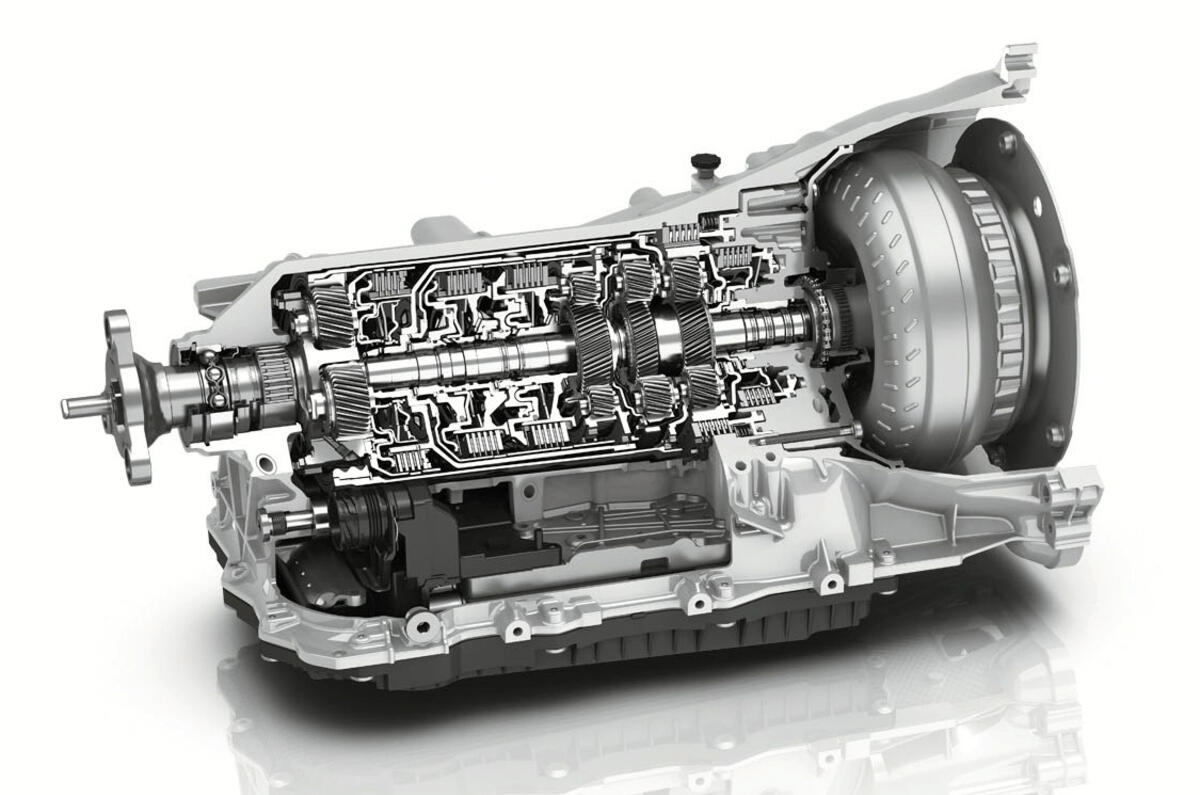If you’re an avid car owner and you’re a car enthusiast, the phrase “torque converter” is likely to be familiar to you. Torque converters play a major function in the field of automotive engineering. They’re particularly crucial in the case of automatic transmission systems. They are mechanical marvels that ensure that your vehicle runs smoothly they facilitate power transmission and provide a pleasant driving experience. In this guide we’ll take a look at the intricate world of torque converters by delving into their inner workings and shedding some light on their essential contribution to the auto industry.
Understanding the Torque Converter
A torque converter is at its core an fluid coupling used in automatic transmissions. Its main purpose is to transfer the energy generated by the engine into the transmission. The transmission then drives the wheels. This mechanism is integrated into the automatic transmission it bridges the gap between the engine’s power flow and the wheel’s movement.

Components The torque converter composed of three key components consisting of impeller, turbine, and stator. These elements work in harmony to make it easier for the conversion of the power and torque.
Breaking Down Mechanism
The mechanics that go into the torque converter are intricate and require intricate interaction to result in a powerful power transmission:
The engine starts the process when it starts by spinning the impeller. The impeller, like a fan shifts the transmission fluid inside the converter. As the impeller turns it produces fluid that hits the blades of the turbine.
Turbine Response: A turbine attached to the shaft that is used for input of the transmission is activated when fluid touches the impeller. The turbine is then put into motion, causing it to spin at a pace in proportion to the movement of the impeller. This creates kinetic power, and the power needed to transmit.
The Stator as a Method to Enhance Efficiency
The stator is among the most crucial components of the torque converter. It is located between the impeller and turbine, the stator plays a pivotal role in enhancing the efficiency of the process for power transmission.
Fluid Redirecting System: The stator redirects the flow of fluid between the impeller and turbine. This redirection plays an essential part in maximizing the output of torque, and ensuring a smooth transfer of power. By directing the flow of fluid it helps to ensure an efficient and balanced operation. For more information, click whats a torque converter
Torque converters are essential to drive.
In the context of driving experience the operation of the torque converter is of great importance.
Smooth Transitions. The design of the torque converter and its mechanics are responsible for the seamless shifts between gears. The fluid coupling capability of torque converters eliminates the need to engage the clutch manually, which results in smooth gear changes without interfering with power flow.
2. Idling and Stalling Prevention Torque Converters play an important role in preventing the occurrence of stalls as well as engine idling. Fluid couplings allow engines to operate even when the vehicle is in a rest. This guarantees a steady idle, and avoids the requirement to manually engage the clutch once the vehicle comes to a stop.
3. Efficiency and Power Delivery: Through optimizing power transfer and torque output and output, torque converters aid in effective power delivery. This improves your driving experience since they provide the required power for acceleration and cruise control.
In sum they are incredibly intricate mechanical devices that form the basis of automated transmission systems. Fluid coupling, supported by the stator, turbine and impeller, permits seamless transfer of power from the engine to the transmission. This transmission is efficient and allows for smoother gear shifts, avoiding stalling or idling, and improving the overall efficiency of the driving.
Understanding the purpose of torque converters is vital for both car enthusiasts and engineers. They represent the fusion of engineering and fluid dynamics and ensure that every drive is efficient and smooth. Technology continues to advance the torque converter remains a fundamental part of the automotive landscape, serving as a testimony to the intricate relationship between mechanics and practicality.
